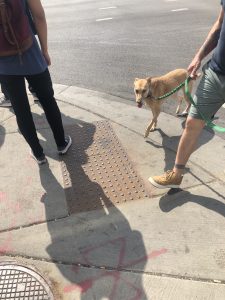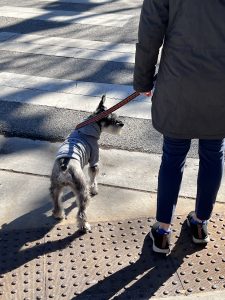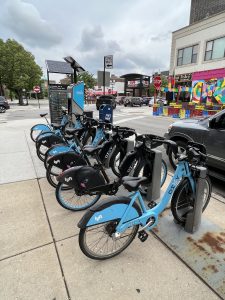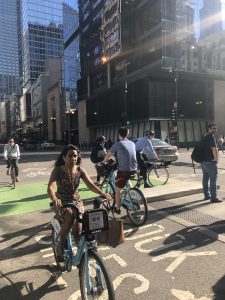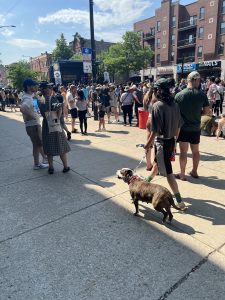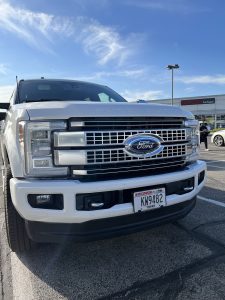In personal injury cases and the legal field in general, it is crucial to look for and understand the relevant definitions. This is because the precise meaning of words and phrases can greatly impact the interpretation of laws, statutes, and court decisions. By thoroughly examining and understanding the definitions, the Chicago personal injury attorneys of Zneimer & Zneimer can make more accurate and persuasive arguments to support our clients’ claims. For example, not long ago, the Illinois Supreme Court had to face the issue whether the definition of “low speed gas bicycle” is constitutionally vague and whether a bicycle that does not meet the definition as in fact not a bicycle.
The case arose when State of Illinois charged a bicyclists with driving a motor vehicle with a revoked license. The defendant, John Plank was driving a gas bicycle and he argued that his bicycle was not a motor vehicle. A police officer observed John Plank riding a motorized bicycle down a Douglas County road at a speed of 26 miles per hour. According to the officer’s testimony, motorized bikes were allowed to travel up to 19 miles per hour, and upon reaching 20 miles per hour, they require a valid driver’s license, insurance, and registration. The officer described Plank’s bicycle as powered by “a weed-eater motor” and noted that it was not registered in Illinois. Although the bicycle had pedals in addition to its gasoline motor, the officer testified that he did not see Plank pedaling. The police officer signaled for Plank to stop, and Plank admitted that his license was revoked.




